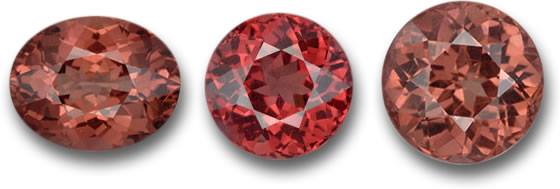
Winner of 2007 Tanzanite Foundation’s “Be Born to Tanzanite,” the “Flowerfly” necklace (2 trilliant cut tanzanites in gold and platinum).
As the name implies, this other December birthstone is found in Tanzania. In the shadows of the majestic Mount Kilimanjaro, the only commercial source for this gemstone.
When tanzanite was found, it stirred the gem circle. This was because tanzanite is a variety of zoisite, and zoisite then was only known in its opaque green form, common in ornamental carvings but not in jewelry.
Tiffany was the first to bring this dazzling new gemstone to the world. It declared tanzanite to be “the most beautiful blue stone to be discovered in 2,000 years.” It promoted this new blue variety with a big publicity campaign and named it as exotic as its African origin. It also proudly stated that tanzanite could only be found in 2 places in the world “in Tanzania and at Tiffany’s.”
Tanzanite is trichroic, meaning it shows 3 different colors depending on the viewing angle. In one direction, it looks blue. In another, purple, and another, burgundy. This new gem was a hit. It offered itself a cheaper alternative to sapphire.
Tanzanite by nature is typically brownish. Almost all tanzanite in the market has been heat-treated to bring out its attractive blue and violet hues. A pure blue similar to fine sapphire or intense violet-blue is the most prized color. While the bluish purple counterpart is popular, it is less valuable.
Tanzanite is not a very tough stone, thus it’s important to factor the durability concerns when setting tanzanite in jewelry for daily wear. It is best to buy tanzanite set in earrings or pendants. In rings, choose a protective mounting and wear with care.


